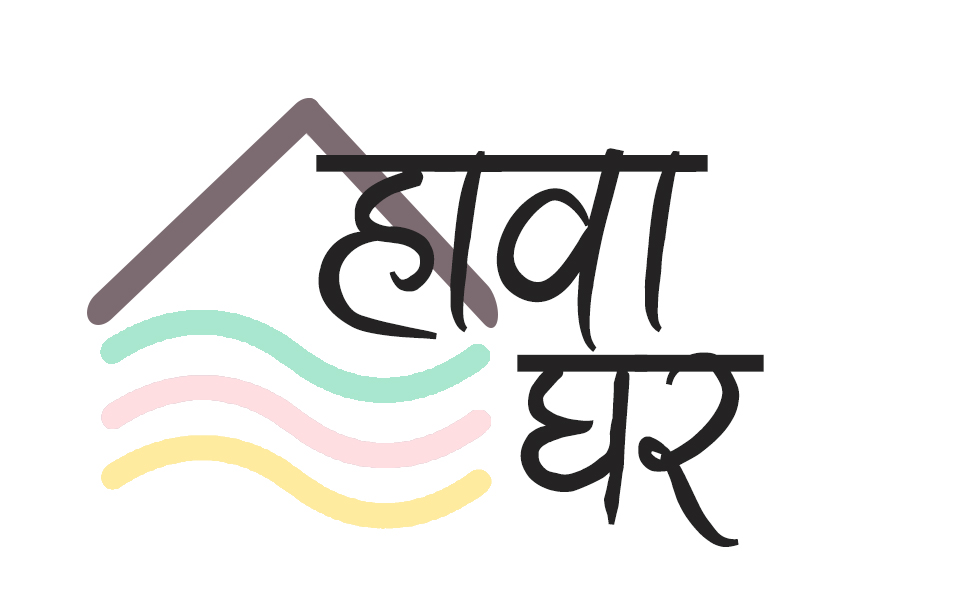Hawaghar: a failure in community-building

Estimated reading time: 4 minutes
Early to mid-2010s, inspired by Peter Thiel and the “unschooling” concept, I wanted to start a learning space for folks to offer and take unaccredited classes on different skills and topics. I called it Hawaghar.The implementation failed miserably, but important lessons were learned.
The Inspiration In the early to mid-2010s, the “unschooling” movement was all the rage. Inspired by Peter Thiel’s “unschooling” fund, a minor industry of complementary institutions and learning centers marketing themselves as alternatives to regular college education had sprung up like mushrooms. It made sense at the time: the internet had opened up a vast trove of freely available educational materials, including syllabuses, homework assignments, and even recorded video lectures from all major educational institutions. What more could one need besides a community of like-minded people and a coordinator to hold everyone accountable to their courses? I wanted to start a learning space where everyone could offer and take courses, teach life skills, academic content, creative hobbies, and anything in between. It would be a place for learning, collaboration, and presentation. Think of it as a cross between a community college and a community center, but in Kathmandu, where those institutions didn’t exist.

More Than Just an Idea: It would be more than just a virtual space or an idea. It would be a physical space where events, classes, and workshops would be organized. It would also come with a website to coordinate all those events and a community relations team to hold it all together. The target audience was individuals who wanted to improve themselves, who were curious, and hungry for knowledge and skills. We would host corporate events, but only if we really, really needed to. That was the original idea.
The Challenge: It took a really long time to create a community from scratch. What I didn’t realize the importance of at the time was the role of marketing in community building. We originally reached out to colleges, targeting students who might be interested in attending interesting courses outside of regular school hours. This was already, as you will notice, a deviation from the original “unschooling” concept. But we got few takers. Eventually, we got a trickle of people here and there who showed up, and the idea began picking up pace.
Community Building is Hard
Community building is a really hard task, something that had always gone unmentioned in those “unschooling” manifestos. The colleges and schools we hear about and wish to attend have gotten there because of the community they have built around them, because of decades (or centuries!) of “marketing” they have worked towards. It is a Promethean task to start something at the non-profit community scale from scratch. Eventually, the space was underused, few people signed up, and only a few workshops were organized. The death knell for the entire concept was that the few students who did attend the classes wanted to know how taking those classes would help them go abroad for further education. They were looking for legitimate job training and corporate opportunities, and that was unfortunately not how we had set the organization up. The original vision had been undermined, and without a clear guiding direction that could be made to work, it all withered away. Fortunately for us, because of the real estate situation in Kathmandu, transferring the lease to the next tenant was the most profitable thing we did, and most of our losses were recovered that way. It turned out to be an unplanned real-estate bet in the end!
What Went Wrong
There was a pretty large misalignment between what we envisioned would happen and what the actual outcome was. We were not equipped to pivot into a model that would directly undermine the core founding mission. We were unable to build a strong community in our timeframe. Perhaps the cultural attitudes and preferences towards learning and education in Kathmandu were/are so different from that in the Bay Area or the U.S. that we never had enough buy-in to make the project sustainable.
The Future
I haven’t followed the scene in Kathmandu in recent years, so I’m not aware of whether there’s a centralized app, forum, or marketplace for online-scheduled courses. From my understanding, the greatest interest is for those courses that prepare students for studying abroad. However, there are local art classes in every community (there are two art classes five minutes from my family home), and dance classes in every major intersection. Such classes find their students through pretty aggressive offline marketing and social media websites like Instagram and Facebook (TikTok is banned in Nepal).
